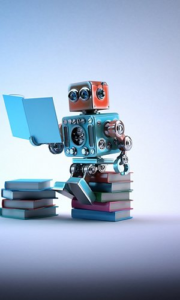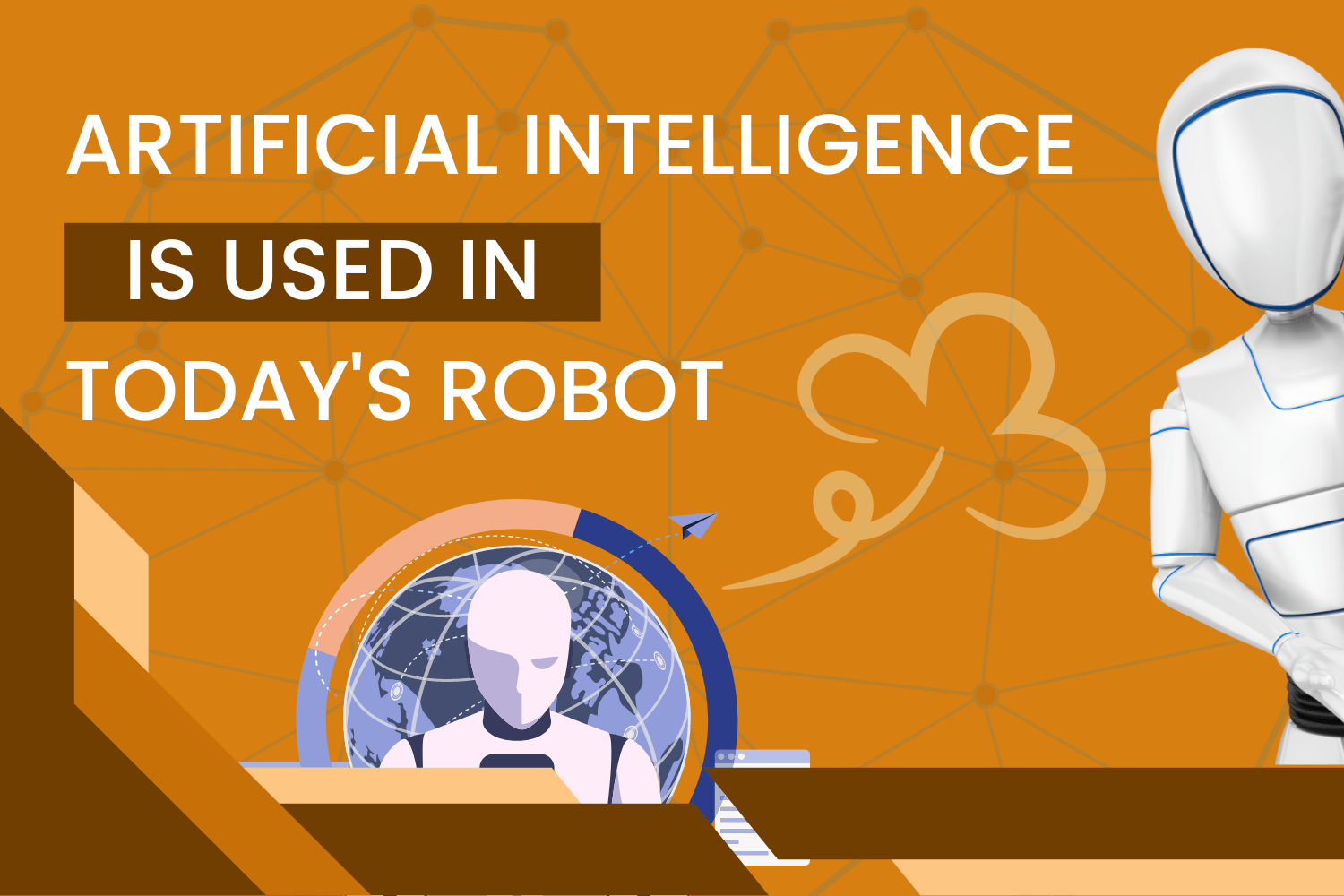Artificial intelligence (AI) is propelling the robotics market into new areas, such as mobile robots on the manufacturing floor, robots that can do a variety of jobs rather than being specialized in one, and robots that can maintain inventory levels while retrieving orders for delivery.
The complexity of robotics has increased as a result of such sophisticated capability. As a result, AI is required.
Let’s first understand what Artificially Intelligent Robots are:
Artificial Intelligent Robots:
Artificial intelligent robots bridge the gap between AI and robotics. AI programs operate AI robots, which employ various AI technologies such as machine learning, computer vision, RL learning, and so on. Most robots are not AI robots; they are programmed to make repeated sequence of motions and do not require AI to fulfil their duty. However, the utility of these robots is restricted.
AI algorithms are required for allowing the robot to do increasingly sophisticated jobs.
A path-finding algorithm might be used by a warehousing robot to navigate the warehouse. When a drone’s battery is about to die, it may employ autonomous navigation to return home. A self-driving automobile may employ a mix of AI systems to detect and avoid hazardous road dangers. These are all instances of artificially intelligent robots.

AI Technologies used in Today’s Robots:
Computer Vision
Robots can see as well, thanks to one of the most prevalent Artificial Intelligence technologies known as Computer vision. Computer vision is essential in all areas, including health, entertainment, medical, military, and mining.
Computer Vision is a branch of Artificial Intelligence that assists in extracting meaningful information from photos, videos, and visual inputs and acting on it.
NLP:
NLP (Natural Language Processing) may be used to provide AI machines voice commands. It fosters an intense human-robot engagement. NLP is a subfield of AI that allows people and machines to communicate with one another. The NLP technology allows the robot to interpret and duplicate human language. Some robots are outfitted with NLP, making it impossible to distinguish between people and robots.
Similarly, in the health care business, Natural Language Processing-powered robots may assist clinicians with observing critical details and automatically filling up EHR. Aside from recognising human language, it can also learn typical usage, such as learning an accent and predicting how humans speak.
Edge Computing:
In robots, edge computing is characterized as a service provider for robot integration, testing, design, and simulation. Edge computing in robotics improves data management, lowers connectivity costs, improves security procedures, and provides a more dependable and uninterrupted connection.
CEP (Complex Event Process):
Complex event processing (CEP) is a notion that helps us comprehend the simultaneous processing of several events. A Change of State is defined as an event, and one or more events combine to produce a Complex event. The phrase “complex event process” is most commonly used in areas such as healthcare, banking, security, marketing, and so on. It is largely employed in the detection of credit card fraud as well as in the stock marketing industry.
For example, the deployment of an airbag in a car is a complicated event that relies on real-time input from several sensors. This concept is applied in robotics, such as Event-Processing in Autonomous Robot Programming.
AI and Transfer Learning
This is a strategy for solving one problem with the aid of another problem that has already been solved. In the Transfer learning approach, information obtained from addressing one issue may be used to solve another. We can see how it works by using an example: the model used to identify a circle form can also be used to identify a square shape.
Transfer learning reuses a previously trained model on a similar issue, and just the last layer of the model is learned, which is less time consuming and less expensive. Transfer learning may be used in robotics to teach one machine with the assistance of other machines.
Affective Computing:
Affective computing is the study of designing systems that can recognize, understand, process, and imitate human emotions. It seeks to give robots with emotional intelligence with the hope of endowing robots with human-like capacities of observation, interpretation, and emotion display.
Mixed Reality:
Mixed reality is another upcoming technology. It is mostly used in demonstration programming (PbD). PbD develops an algorithm prototyping process by combining real and virtual things.
Examples of AI in Robotics:
- Honda
- Honda’s ASIMO has become quite famous. This sophisticated humanoid robot can walk like a human, maintain balance, and perform backflips.
- However, AI is now being employed to increase its capabilities, with the goal of eventually achieving autonomous motion.
- “The challenge is not so much in designing the robot as it is in training it to cope with unstructured surroundings like roadways, open regions, and building interiors,” Enderle explained. “They are complicated systems with a large number of actuators and sensors that allow them to move and sense their surroundings.”
- Siemens and AUTOParkit have forged a cooperation to bring parking into the twenty-first century.
- The AUTOParkit system, which uses Siemens automation controls and AI, delivers a safe valet service without the valet.
- According to AUTOParkit, this completely automated parking technology may reach a 2:1 efficiency advantage over traditional parking methods. It cuts 83 percent of parking-related fuel usage and 82 percent of carbon emissions.
- Specialized vehicle-specific technology and software work together in such a complicated system to deliver a smooth and flawless parking experience that is significantly faster than traditional parking. AI is used by Siemens controls to bring everything together


